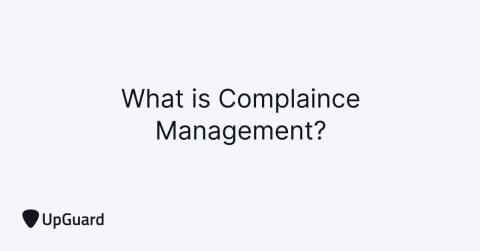What is Compliance Management in Cybersecurity?
Compliance management is the process of ensuring all workflow, internal policies and IT initiatives align with specific industry cybersecurity regulations. This effort is ongoing since the digital attack surface is always expanding.










